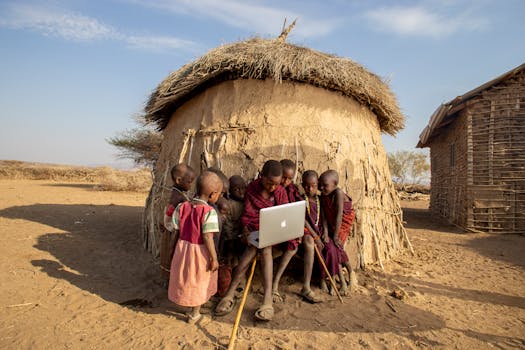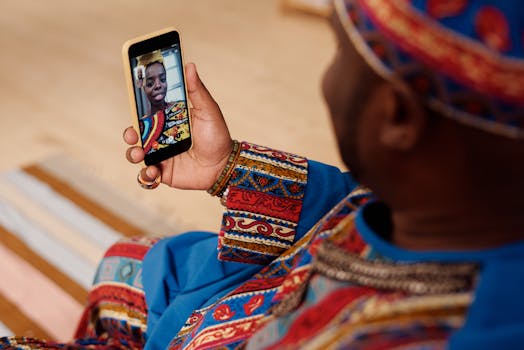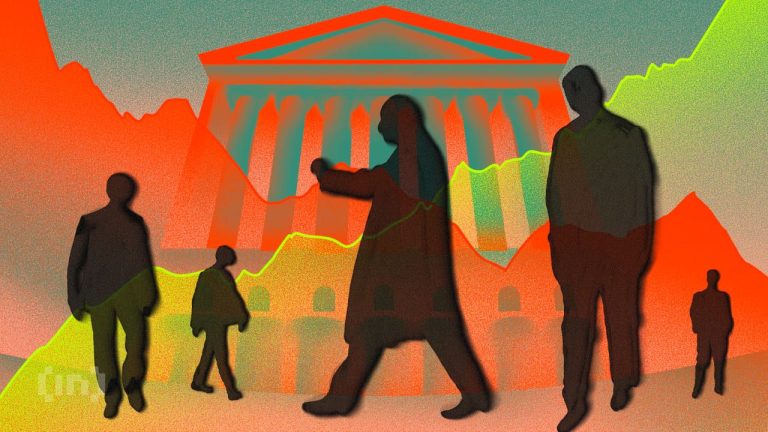
The Evolution of Cultural Practices in the Digital Age
Takeaways: The digital age has significantly transformed cultural practices worldwide. This article explores the impact of technology on art, communication, and cultural exchange, highlighting both challenges and opportunities. By understanding these changes, we can better appreciate the evolving nature of culture in our interconnected world.
The Impact of Technology on Cultural Creation

Digital tools and platforms have democratized the creative process, allowing individuals to produce and share their work without the need for traditional gatekeepers. For instance, musicians can upload their tracks to streaming services like Spotify or SoundCloud, reaching global audiences from their own homes. Visual artists can showcase their portfolios on platforms like Instagram or Behance, gaining visibility and attracting followers from around the world.
This newfound accessibility has led to a proliferation of diverse voices and styles in the arts. Creators from underrepresented communities can share their narratives and cultural expressions, challenging dominant cultural narratives and enriching the global cultural landscape.
The Role of Social Media in Cultural Exchange

This exchange has fostered a sense of global community, where cultural practices are blended and reinterpreted. For example, trends such as dance challenges on TikTok often draw from various cultural backgrounds, showcasing a fusion of traditions that reflects the interconnectedness of our digital age.
However, this cultural exchange is not without its challenges. Issues of cultural appropriation and misrepresentation arise when dominant cultures adopt elements from marginalized cultures without understanding or respecting their origins. This highlights the need for sensitivity and awareness in how we engage with cultural practices online.
Globalization and Cultural Practices

For instance, the rise of multinational brands and entertainment corporations can lead to the homogenization of cultural expressions. Local artisans and creators may struggle to compete with mass-produced goods and popular media, resulting in a decline in traditional crafts and practices.
Conversely, globalization can also serve as a catalyst for cultural revival. Many communities are using digital platforms to document and promote their cultural heritage, ensuring that their traditions are preserved and celebrated. Online exhibitions, virtual cultural festivals, and social media campaigns are just a few examples of how technology can empower local cultures in the face of globalization.
Conclusion








